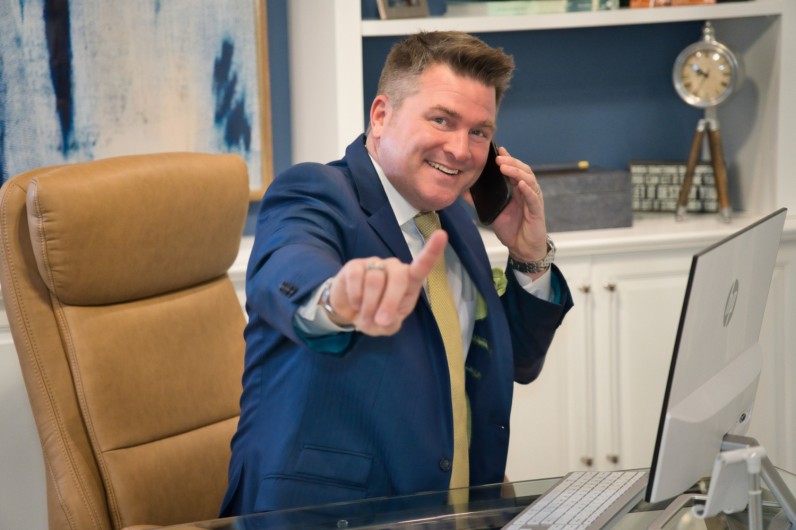
As Steve Jobs once said, 'You've got to start with the customer experience and work back toward the technology.' How is this philosophy reshaping today's marketing?
A recent industry report disclosed that 65% of marketers achieve success through experiential marketing campaigns. This trend has emerged in response to increasing consumer demand for authentic engagement, compelling marketers to explore new avenues. It is 38% more effective than other forms of marketing.
Ray Sheehan, founder of Old City Media, has been challenging the industry norms by reshaping how brands connect with their audience. The agency began in the entertainment sector and organized world-class events. However, over time, it started managing major events across retail sectors, switching to the role of an international marketing agency.
As the pandemic put many industries around the world on hold, marketing agencies began searching for innovative opportunities to aid their clients in generating revenues.
Due to a halt in one-to-one interactions, Ray shifted his agency's focus from festivals to pop-up or roadshow activations, adapting to the uncertainty caused by COVID-19. They turned empty spaces into places where customers could fully experience brands through direct engagement and interactions.
Brands built stronger customer loyalty by meeting customers in person. They tested new markets without needing to invest a lot of money in a lease. It enabled them to adapt to changing trends and what customers want while meeting company goals.
These activations expanded Old City Media's clientele and boosted brand engagement. They strived to become the go-to agency for retail roadshows and grocery pop-up activations. As a result, the agency served various industries and famous brands. They cover a wide range of sectors, including telecom, insurance, energy, home, and automotive. Names like Wakefern Food Corp, Ace Hardware, Gabe's, and Walmart, among others, are among their notable partners.
Many marketing agencies use methods that extend beyond mere brand engagement. They focus on educating consumers, growing their businesses, and offering gift cards. It allows them to increase brand awareness and drive revenue.
Similarly, Old City Media has adopted the "crawl-walk-run" strategy. It's a step-by-step plan for brands and retailers to work together. Brands start with a "Crawl" by setting up small tables to meet customers at retail locations. It's a trial to see if both the brand and the retailer like working together.
If it goes well, they move to the "Walk" phase, where things get a bit more serious. Retailers have more say in how often brands can visit and engage with customers. Finally, in the "Run" phase, it's a full partnership. Retailers have full control, deciding which brands can join and how often they can be there. The more days they have events, the more benefits for everyone.
Old City Media draws from the invaluable lessons learned over the years. It envisions a new future that goes beyond pop-up activations. As Ray shares his vision, "Our journey is not confined to the present; it's a continuum of innovation. Pop-ups are just one chapter in our story."
Old City Media's success doesn't solely stem from adapting to change. It emerges from spearheading it. Each phase, from festivals to pop-up activations, shows Old City Media's dedication. Their forte lies in delivering innovative experiences within experiential marketing.







Join the Conversation